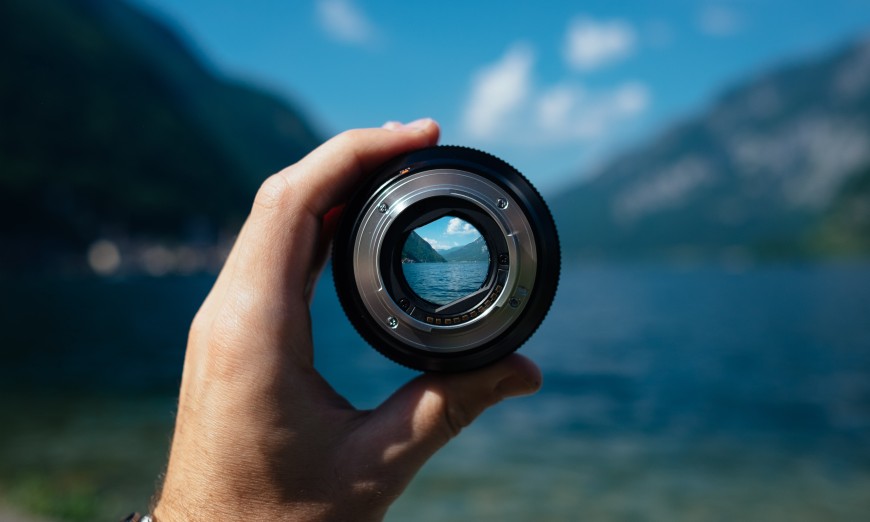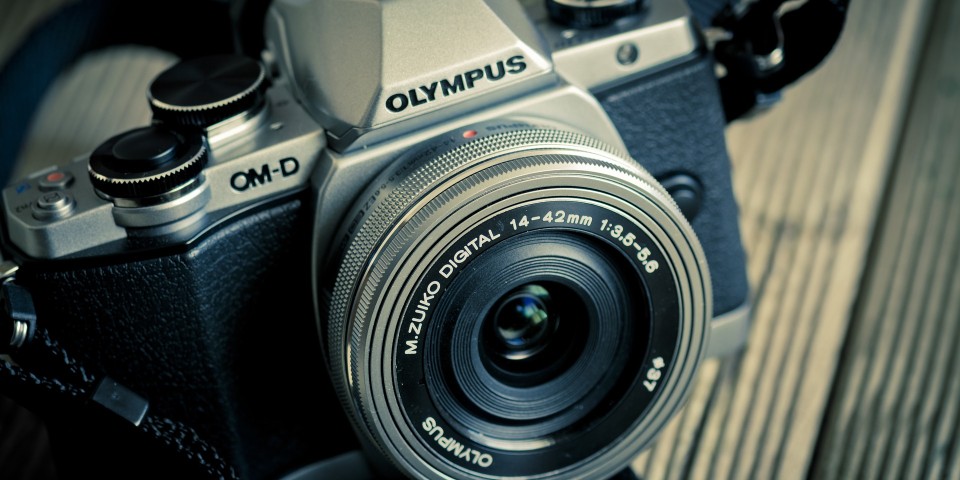At some point in our lives as photographers, we all feel like we need a different look, a different perspective, a different way of seeing.
We might also find that we just don’t have enough range for the things we wish to photograph. In other situations, we may have developed, or be developing areas of specialization that require special tools for success. All of these scenarios can broach the question, ‘how do I choose my next lens?’
Let’s spend a bit of time talking about considerations for this step and hopefully simplify the decision process. I want to try to address as many variables as possible so you can make an informed decision (and perhaps even influence your family gift giver to help you out with getting it!).
Focal Length – How Do I Choose?
Focal length is likely one of the first drivers in choosing your next lens. Ask yourself, what can I not do with what I have? Perhaps you cannot photograph great vistas, or create a sense of depth and scale with what you have today. If these concerns resonate, you are looking for something with a shorter focal length than what you have, a wide angle lens. Simply put, a wide angle helps you see a wider angle of view without changing your physical position. Most cameras come with a mid-wide angle zoom today. Start your search with something at or shorter in focal length than 24mm full frame equivalent.
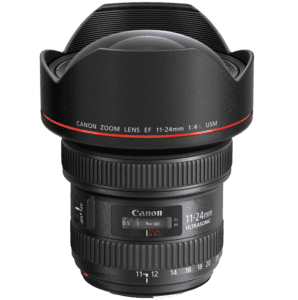
Canon 11-24mm F4L USM Lens
Perhaps your needs are different. You have children or grandchildren or family who play in organized sports. You want to make images of these important people at this point in their lives that don’t require a magnifying glass to identify the person in question. No matter how much you move, you simply cannot get close enough. If this describes the challenges you are feeling, you want a longer focal length, usually much longer than what you are using now. These are telephoto lenses. This type of lens is typically longer and heavier than what you are using now. Mathematically a telephoto design encompasses any focal length longer than what the world used to call a “standard” lens, a 50mm on a full frame camera. Reality says that for a telephoto to really start adding value it needs to be at least 4x the focal length of a standard lens, so in the full frame context, at least 200mm full frame equivalent.
Don’t worry if your camera is APSC, or M43 or 1”, I will put a comparison table at the end of this post to help you see the different focal lengths.
Lens Speed – What Does This REALLY Mean?
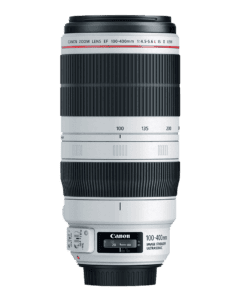
Canon 100-400mm L IS II Lens
Photographers and enthusiasts love to talk about lens speed. But what does it mean? We know that all lenses have aperture ranges. A “fast” lens is one that has a very large aperture, or smaller f-number than others in the group. So if you are looking at a 200mm lens, a lens with a maximum aperture of f/5.6 is not as fast as a lens with an aperture of f/2.8. A larger maximum aperture means more weight, more size and more cost, but could be the difference between getting the shot and not doing so, thus it’s a consideration. By the way, the phraseology of fast comes from a wider aperture at a given light level offering the capability for a higher (faster) shutter speed. Fast doesn’t imply faster autofocus, or faster action tracking, it simply means that the lens can pass more light. When we choose our next lens, lens speed can be one of our balancing criteria.
Primes vs Zooms – What Do I Do?
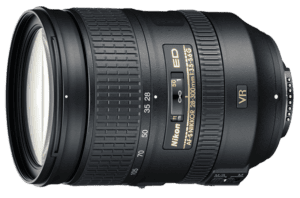
Nikkor 28-300mm AF-S F3.5-5.6 Lens
Back in the olden days, or as little as ten years ago, zoom lenses were viewed as a compromise by most serious photographers. The optical quality was not as good as a prime lens, but things have changed for the better. Prime simply means that the focal length of the lens is not variable. The most popular prime lens is the 50mm lens, often referred to (incorrectly in my view) as a “portrait” lens. Prime lenses are usually faster than zooms because they can be made larger due to a simpler construction and often come in focal lengths we just don’t find in zooms, although that second guideline is increasingly inaccurate.
A bag full of primes will weigh more than a zoom that covers the focal lengths of multiple primes, but it is very unlikely that any zoom will be as fast as the prime in the same range. A prime means you move to change the field of view, a zoom lets you change the field of view without moving. This convenience factor is why most new DSLR and Mirrorless cameras come packaged with a wide angle to short telephoto zoom. These lenses are lightweight, optically very good, but are not particularly optically fast. A zoom lens means you have the ability to adjust your field of view without physically moving. A good zoom can cover the range of a range of prime lenses. A good zoom can bring you flexibility. The balancing act is lens speed versus focal length flexibility.
Specialty Lenses – When General Purpose Isn’t Enough
Let’s suppose you love the idea of photographing the very small. That’s a specialist goal and is best served by a macro lens. All good macro lenses will provide the capability for 1x lifesize imaging at the sensor, the difference that focal length makes is how close you physically have to be to get that level of magnification. A 100mm focal length macro lens is usually the best combination of magnification and stand off distance. It also makes a very sharp medium telephoto lens.
If you want to photograph sports or wildlife, the ability to take a subject that is far away and fill the frame with it is the key. This is the realm of long focal lengths. Your starting point is 300mm full frame equivalent with many photographers choosing even longer focal lengths depending on subject size. Football photographers start around 400mm, bird and wildlife photographers start at 500mm. There are zooms that reach out this far and even more, but when lens speed becomes a consideration, prime lenses become the dominant players, but it’s important to recognize that long fast telephoto lenses are significant albeit rewarding investment.
Name Brand or Third Party – What Should I Consider?
Ever since there have been lenses from camera makers, there have been lenses made by independent companies built to fit different cameras. These third party lenses originated to fill a market price segment because manufacturer-branded lenses were typically very expensive and out of reach of many hobbyists. Some of those early third party lenses were truly horrible and a lot of buyers just gave up on the hobby as a result of getting poor images.
The marketplace has compressed in two important ways. Customers stopped buying junk and those companies have mostly vanished. Original equipment manufacturers decided that they didn’t like losing all that potential revenue and started building different series of lenses to appeal to photographers with different buying power. While optical quality used to be a huge concern, that is less visible now, and we look to return on value and construction quality as the primary gating factors.
A Canon L lens will typically outperform anything else on a Canon body. The same could be said for a Nikon Nikkor FX lens on a Nikon body. But there will be a price premium for a difference you as the photographer may not be able to see. Today we find excellent third party lenses from companies such as Zeiss, Sigma, Tamron and Tokina. In some cases, the third party lens can outperform the OEM lens. Some small research can advise which is which.
Worth considering is that the two leaders in interchangeable lenses remain Canon and Nikon. Their lenses focus and zoom in different directions, one clockwise the other counter-clockwise. I have seen photographers become frustrated because their third party lens rotates differently than their OEM lens.
Whether this matters to you, is entirely up to you. In general, you will be able to get more bang for your dollar with third party products, but the construction and optics may not be as robust as the OEM product. You will usually get a longer warranty with the third party products.
The Lens Focal Length Table
When digital sensors were first developed, it was prohibitively expensive to develop sensors the same size as the existing 35mm film gate, so manufacturers built the first sensors smaller. They did not change the focal lengths of their lenses because the first digital lenses produced the same image circle as a film lens. This is no longer true, but the numbers look the same even if the image circles are smaller. As a consequence a given focal length on a crop sensor sees less of the frame than full frame and the image looks like the subject was closer. Yes, this is confusing, but it becomes understandable quickly. All degree measurements are approximate.
| Sensor Size | Popular Wide Angle mm and Angle of View | Popular Telephoto mm and Angle of View | Popular Wide to Tele Zoom mm and Angle of View | Popular Tele Zoom mm and Angle of View |
| 35mm Full Frame Canon EF, Nikon FX, Sony FE | 28mm, 74 degrees | 200mm, 12.3 degrees | 24-70mm, 84 degrees – 34.6 degrees | 70-200mm, 34.6 degrees – 12.3 degrees |
| APS-C Nikon DX, Sony E | 18mm, 74 degrees | 200mm, 8.2 degrees | 18-55mm, 74 degrees – 28.5 degrees | 55-200mm, 28.5 degrees – 8.2 degrees |
| APS-C-Canon EF-S | 18mm, 72 degrees | 200mm, 8 degrees | 18-55mm, 72 degrees – 29 degrees | 55-250mm, 29 degrees – 6 degrees |
| Micro 4/3 Olympus, Panasonic | 14mm, 74 degrees | 150mm, 8.2 degrees | 14-42mm, 74 degrees – 28.5 degrees | 40-150mm, 30 degrees – 8.2 degrees |
| 1 Inch (Sony RX, Nikon CX) | 10mm, 74 degrees | 75mm, 12.3 degrees | 10-30mm, 74 degrees – 24.6 degrees | 70-300mm, 12.8 degrees – 3 degrees |
Final Considerations
A lens will most always outlast the body that you use it on. Photographers may change their camera body three times before changing out the lens. Buy the best that you can afford that rationally fits your needs (and budget).
Your next lens choice does not have to be fraught with peril. Stick with a recognized line, consult with a trusted Henry’s expert and build the selection that fits YOUR needs.
